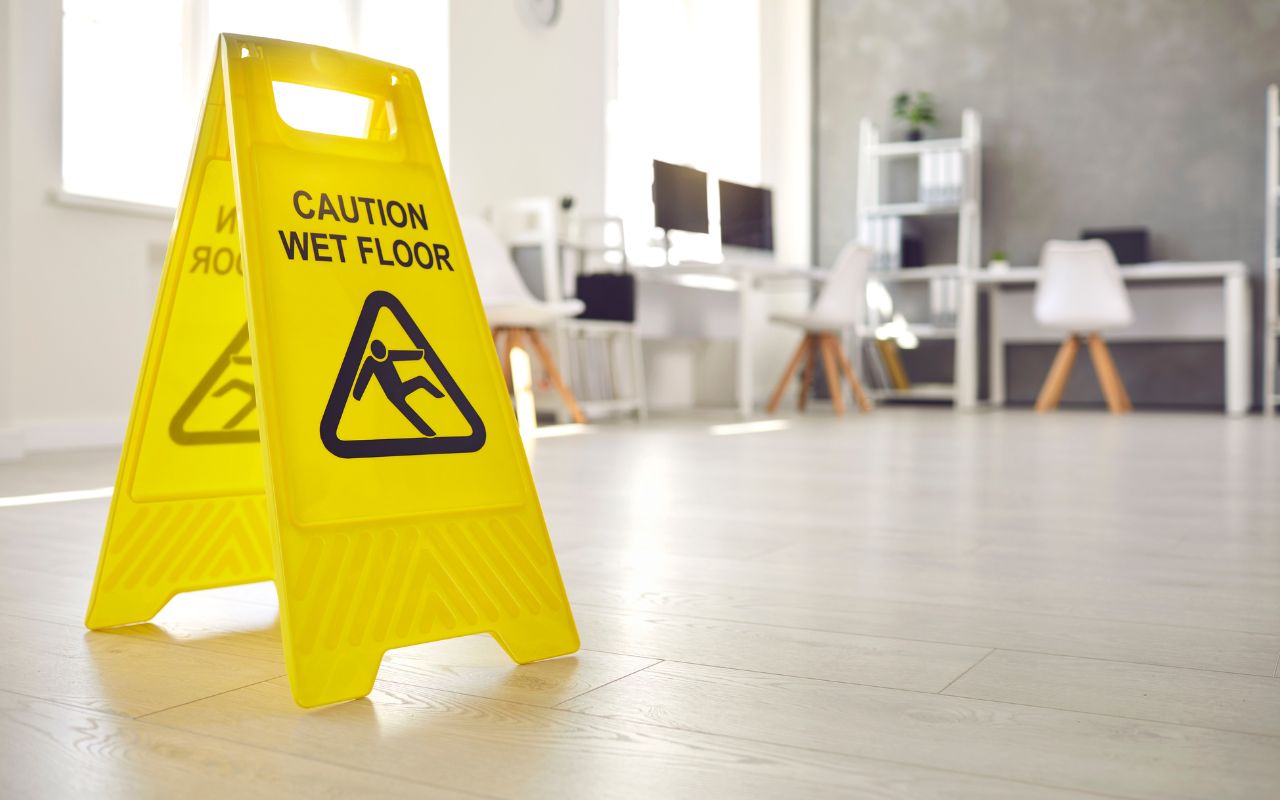
Product liability is a legal concept that refers to the responsibility of manufacturers, distributors, and sellers for injuries caused by their products.
In the state of New York, product liability laws protect consumers from defective products and allow them to seek compensation for injuries resulting from such products. This article will explain what product liability is, how it works in New York, and what defines a defective product.
What is Product Liability?
Product liability is a legal principle that holds manufacturers, distributors, and sellers responsible for the injuries caused by their products. The purpose of product liability laws is to ensure that products are safe for consumers to use and that manufacturers are held accountable for any harm caused by their products.
Under product liability law, a manufacturer can be held liable for injuries caused by its products if it is found that the product was defective or unreasonably dangerous when it was sold. The defect could be in the product’s design, manufacture, or labeling, and it must have directly caused the consumer’s injury.

How does Product Liability work in New York?
In New York, product liability law is governed by the New York Civil Practice Law and Rules (CPLR) and common law. Under the CPLR, a plaintiff has three years from the date of injury to file a product liability lawsuit. However, there are exceptions to this rule, such as when the injury was not immediately discovered, in which case the statute of limitations may be extended.
To prove a product liability claim in New York, the plaintiff must demonstrate that the product was defective or unreasonably dangerous and that the defect caused their injury. The plaintiff must also prove that the product was being used as intended or in a foreseeable manner.
“Product liability laws are essential for protecting consumers from defective products and holding manufacturers accountable for their products.”
What Defines a Defective Product?
A defective product is one that is unreasonably dangerous to the consumer. There are three types of defects that can make a product defective:
Design Defects – A design defect is a flaw in the design of a product that makes it inherently dangerous. In other words, the product’s design itself is dangerous, regardless of how well it was manufactured or marketed.
Manufacturing Defects – A manufacturing defect is a flaw that occurs during the manufacturing process that makes the product dangerous. In other words, the product was designed correctly, but something went wrong during the manufacturing process that made it unsafe.
Marketing Defects – A marketing defect is a failure to provide adequate warnings or instructions for safe use of the product. This defect occurs when a product is marketed in a way that does not provide adequate information about the potential risks of using the product.
Product liability laws are essential for protecting consumers from defective products and holding manufacturers accountable for their products. In New York, consumers have the right to seek compensation for injuries caused by defective products under the state’s product liability laws. To win a product liability case in New York, the plaintiff must demonstrate that the product was defective or unreasonably dangerous and that the defect caused their injury. It is important for consumers to understand their rights under product liability law and seek legal advice if they have been injured by a defective product.



